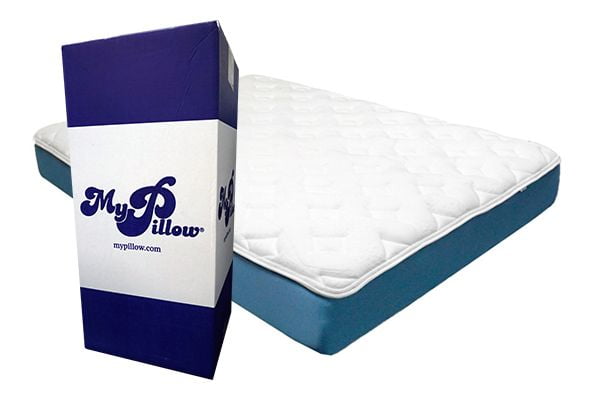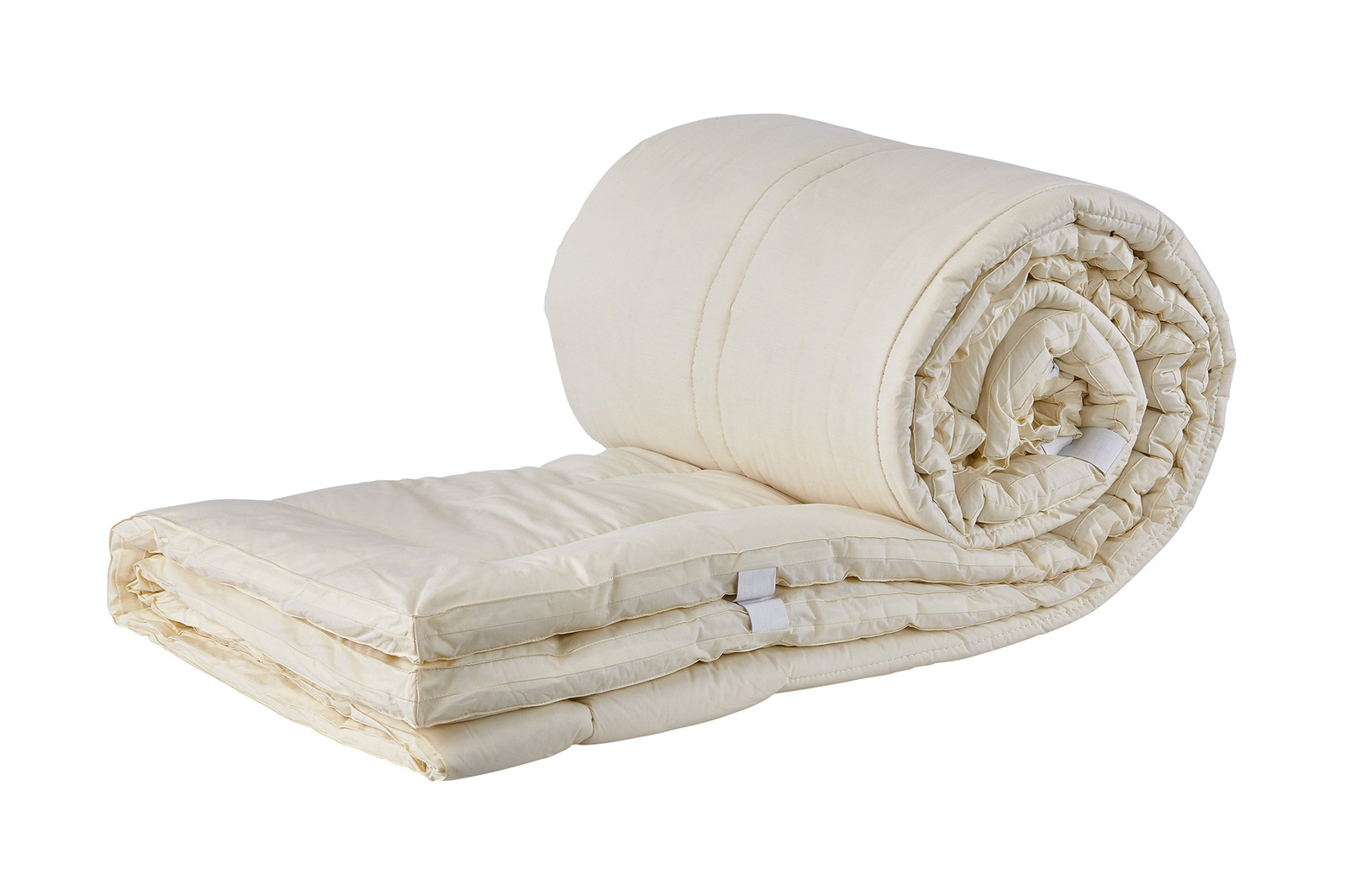If you're experiencing no water pressure on your kitchen sink, the first thing you should do is check the water supply valve. This valve controls the flow of water into your sink and may have accidentally been turned off or partially closed. Make sure the valve is fully open to allow for proper water pressure. No water pressure issues can also arise if the water supply valve is damaged or faulty. In this case, it may need to be replaced by a professional plumber.Check the water supply valve
The aerator is a small, mesh screen at the end of your kitchen sink faucet. Over time, it can become clogged with mineral deposits and other debris, resulting in reduced water pressure. You can try cleaning the aerator by unscrewing it from the faucet and soaking it in a mixture of vinegar and water. If the aerator is damaged or cannot be cleaned, it may need to be replaced. Cleaning the aerator can also improve the overall water pressure in your kitchen sink, so it's a good idea to make this a regular part of your cleaning routine.Clean the aerator
Clogs in the pipes can also cause no water pressure on your kitchen sink. If you notice that the water pressure is low in other areas of your home as well, it's likely that there is a clog somewhere in the main water line. You can try using a plunger or a plumbing snake to clear the clog, but if it's a more serious issue, it's best to call a professional. In some cases, clogs may be caused by tree roots or other debris that has built up in the pipes over time. These types of clogs will require the assistance of a professional plumber to properly remove.Check for clogs in the pipes
The faucet cartridge is a small valve inside your kitchen sink faucet that controls the flow of water. Over time, this valve can become worn or damaged, resulting in low water pressure or no water pressure at all. If you've tried all other methods to improve the water pressure and it's still not working, replacing the faucet cartridge may be the solution. You can purchase a new faucet cartridge at your local hardware store and replace it yourself, or you can call a professional plumber to do it for you.Replace the faucet cartridge
Many homes have a water pressure regulator that controls the overall water pressure in the house. If this regulator is malfunctioning or set too low, it can result in no water pressure on your kitchen sink. You can check the water pressure regulator by using a pressure gauge on an outdoor faucet. If the pressure is below 40-50 pounds per square inch (psi), then the regulator may need to be adjusted or replaced by a professional. It's important to have the water pressure regulated properly to avoid any damage to your plumbing system or appliances.Check the water pressure regulator
The water supply line is the pipe that connects your kitchen sink faucet to the main water line. If this line becomes damaged or blocked, it can result in low water pressure or no water pressure at all. You can check the water supply line for any visible damage or blockages and replace it if necessary. If you're not comfortable inspecting or replacing the water supply line yourself, it's best to call a professional plumber for assistance.Inspect the water supply line
Leaks in the pipes can also cause no water pressure on your kitchen sink. Even a small leak can significantly reduce the water pressure in your home. You can visually inspect your pipes for any visible leaks and repair them yourself or call a professional for help. If you suspect that there may be a leak in your pipes, it's important to address it as soon as possible to avoid any further damage or increase in water bills.Check for leaks in the pipes
If all else fails, it may be time to replace your kitchen sink faucet. Over time, faucets can become worn or damaged, resulting in low water pressure or no water pressure at all. You can purchase a new faucet at your local hardware store and install it yourself, or you can call a professional plumber for assistance. When choosing a new faucet, make sure to look for one with a high water flow rate to ensure proper water pressure in your kitchen sink.Replace the kitchen sink faucet
If you're experiencing no water pressure on your kitchen sink, it's a good idea to check the water pressure in other faucets throughout your home. If the water pressure is low in all faucets, then the issue may be with the main water supply line. In this case, it's best to call a professional plumber for assistance. However, if the water pressure is only low in the kitchen sink faucet, then the issue is most likely isolated to that specific faucet and can be fixed using any of the methods mentioned above.Check the water pressure in other faucets
If you've tried all of the above methods and are still experiencing no water pressure on your kitchen sink, it's time to call a professional plumber. They will have the knowledge and expertise to properly diagnose and fix the issue, ensuring that your kitchen sink has proper water pressure once again. It's always best to call a professional if you're unsure of how to fix the issue or if it involves more complicated plumbing work.Call a plumber for professional help
Common Causes of No Water Pressure on Kitchen Sink

Blocked Pipes
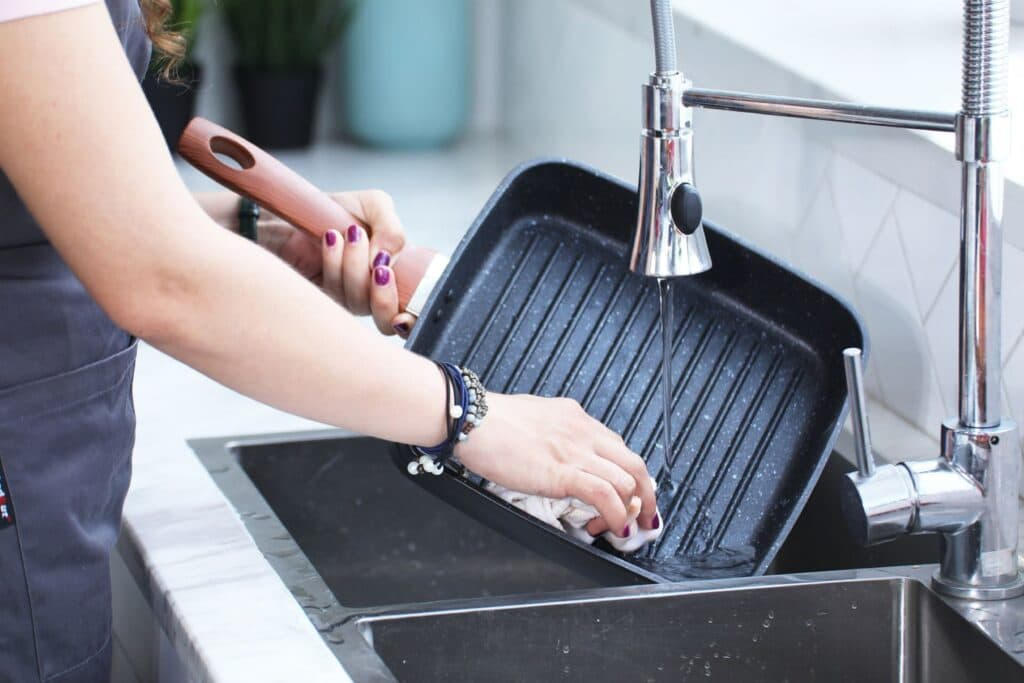 One of the most common reasons for no water pressure on your kitchen sink is blocked pipes. Over time, debris and mineral deposits can build up in your pipes, restricting the flow of water. This can be caused by a number of factors, such as hard water or old pipes. To fix this issue, you may need to hire a professional plumber to clean out your pipes and remove any obstructions.
One of the most common reasons for no water pressure on your kitchen sink is blocked pipes. Over time, debris and mineral deposits can build up in your pipes, restricting the flow of water. This can be caused by a number of factors, such as hard water or old pipes. To fix this issue, you may need to hire a professional plumber to clean out your pipes and remove any obstructions.
Malfunctioning Faucet
 Another possible cause of no water pressure on your kitchen sink is a malfunctioning faucet. If your faucet is old or has been used frequently, the internal parts may become worn or damaged, resulting in a decrease in water pressure. This can also be caused by a faulty aerator, which is the small screen inside the faucet that helps to regulate the flow of water. In this case, you may need to replace the faucet or aerator to restore proper water pressure.
Another possible cause of no water pressure on your kitchen sink is a malfunctioning faucet. If your faucet is old or has been used frequently, the internal parts may become worn or damaged, resulting in a decrease in water pressure. This can also be caused by a faulty aerator, which is the small screen inside the faucet that helps to regulate the flow of water. In this case, you may need to replace the faucet or aerator to restore proper water pressure.
Water Supply Issues
 Sometimes the problem may not be with your kitchen sink at all, but with your water supply. If you live in an area with low water pressure, this can affect the flow of water in your home. Additionally, if there is a leak or damage to the main water line, this can also result in low water pressure. In these cases, you will need to contact your local water company to address the issue.
Sometimes the problem may not be with your kitchen sink at all, but with your water supply. If you live in an area with low water pressure, this can affect the flow of water in your home. Additionally, if there is a leak or damage to the main water line, this can also result in low water pressure. In these cases, you will need to contact your local water company to address the issue.
Plumbing System Design
Conclusion
 In conclusion, there are several potential causes for no water pressure on your kitchen sink. From blocked pipes to faulty faucets to water supply issues, it is important to identify the root cause in order to properly fix the issue. By addressing these issues promptly, you can ensure that your kitchen sink has proper water pressure to meet your everyday needs. If you are unsure of the cause or unable to fix the issue yourself, do not hesitate to seek the help of a professional plumber to resolve the problem.
In conclusion, there are several potential causes for no water pressure on your kitchen sink. From blocked pipes to faulty faucets to water supply issues, it is important to identify the root cause in order to properly fix the issue. By addressing these issues promptly, you can ensure that your kitchen sink has proper water pressure to meet your everyday needs. If you are unsure of the cause or unable to fix the issue yourself, do not hesitate to seek the help of a professional plumber to resolve the problem.
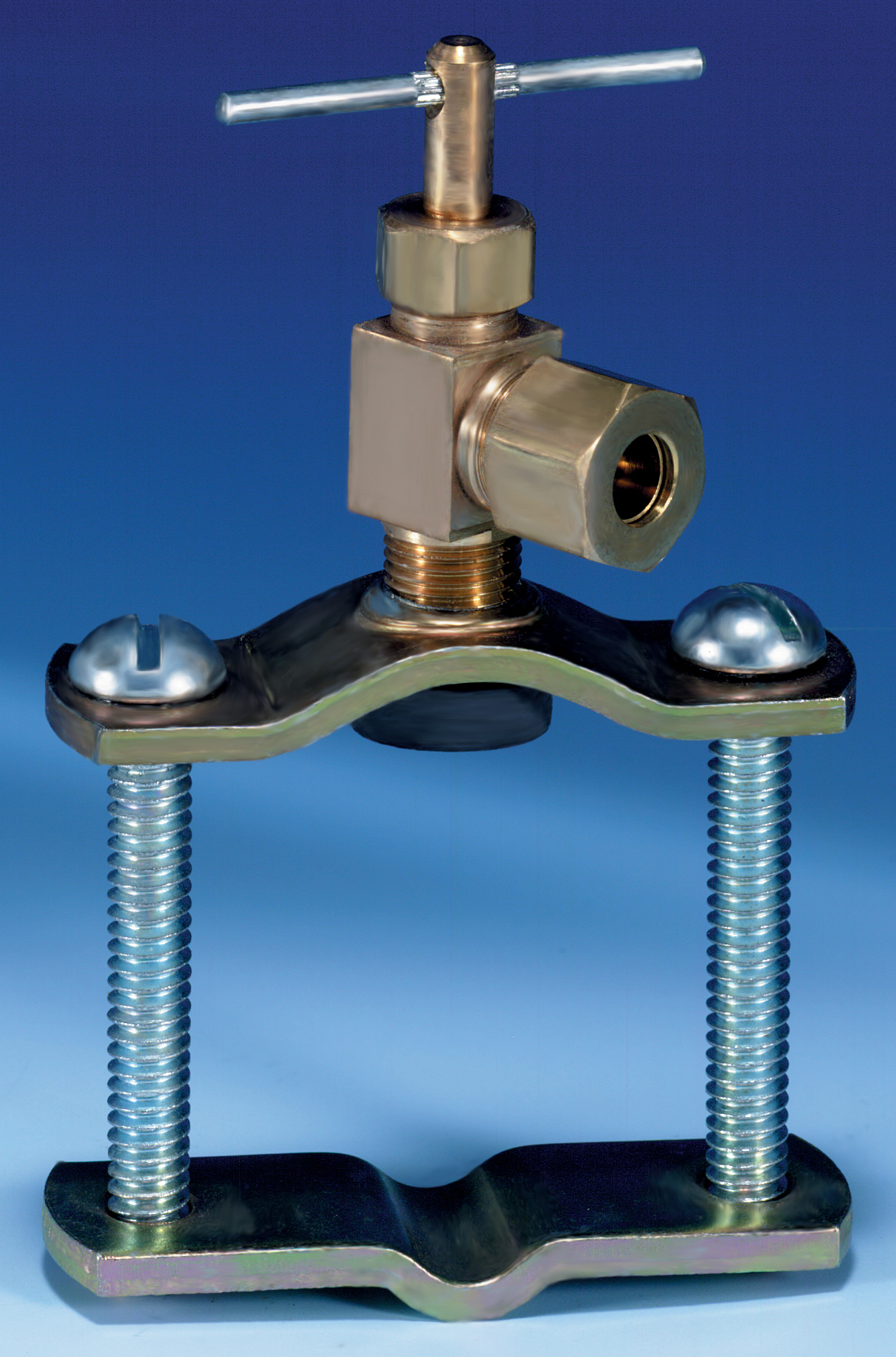





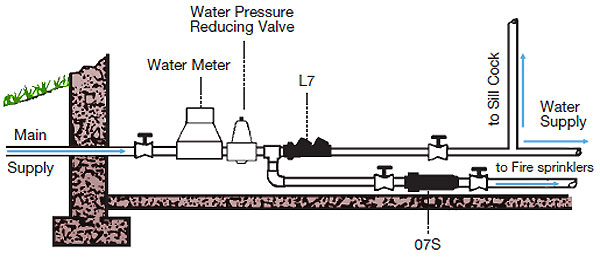
:max_bytes(150000):strip_icc()/ac7-56a73c5b3df78cf772938985.jpg)

:max_bytes(150000):strip_icc()/ac9-56a73c5b3df78cf77293898a.jpg)
/cleaning-the-aerator-from-deposits--the-girl-hand-washes-a-dirty-limestone-aerator-with-water-1126244919-72868100964f42d5aa564a928371fea5.jpg)

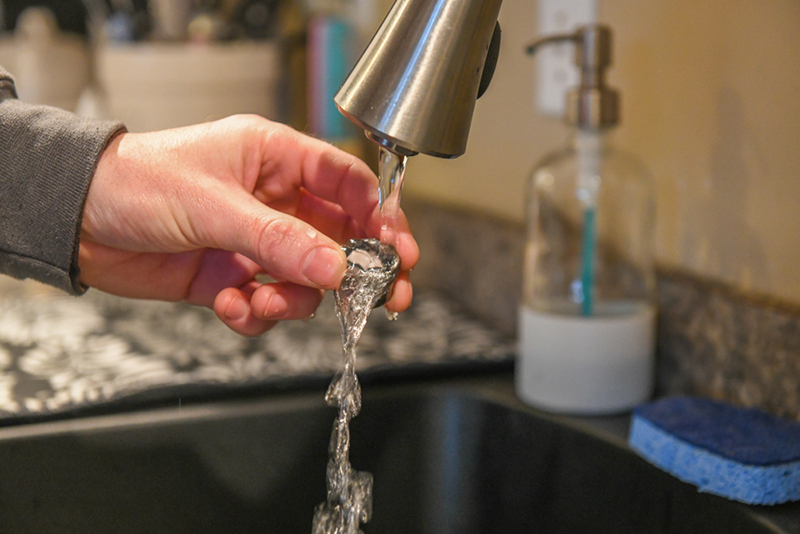
:max_bytes(150000):strip_icc()/clearing-a-blocked-faucet-aerator-2718807-07-b5a90554991f4bb69efb45a472df7f23.jpg)

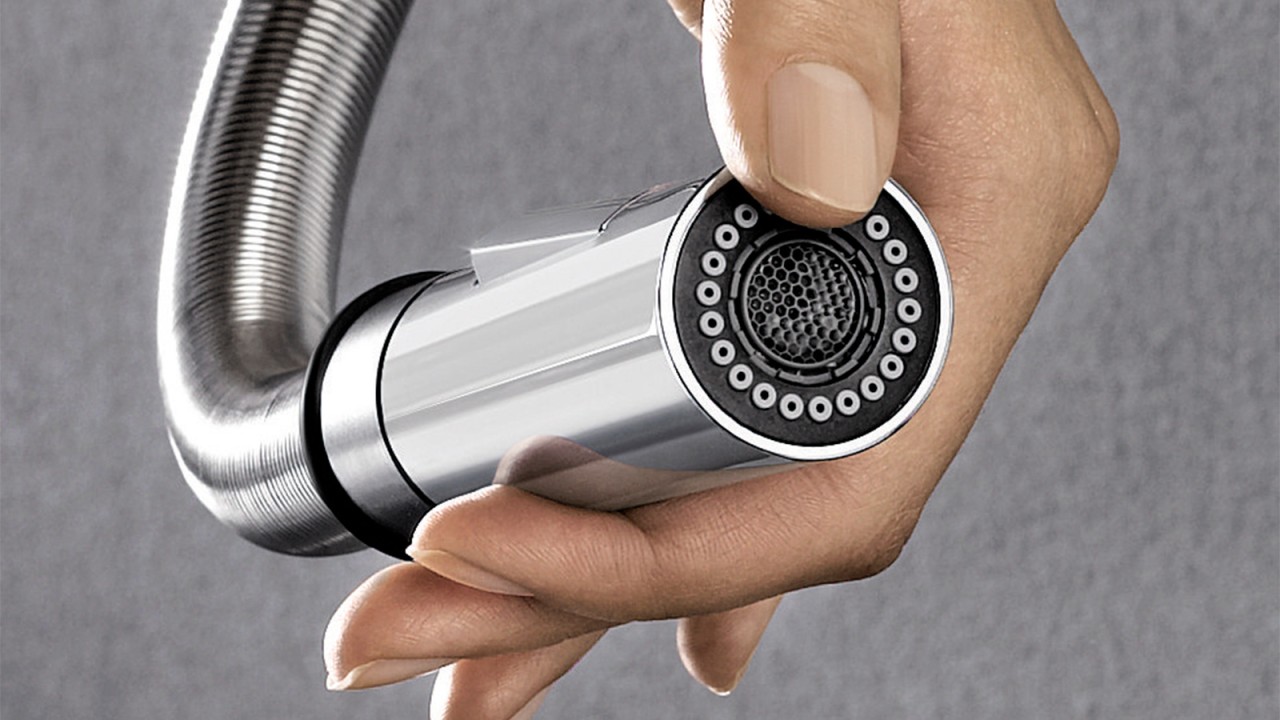












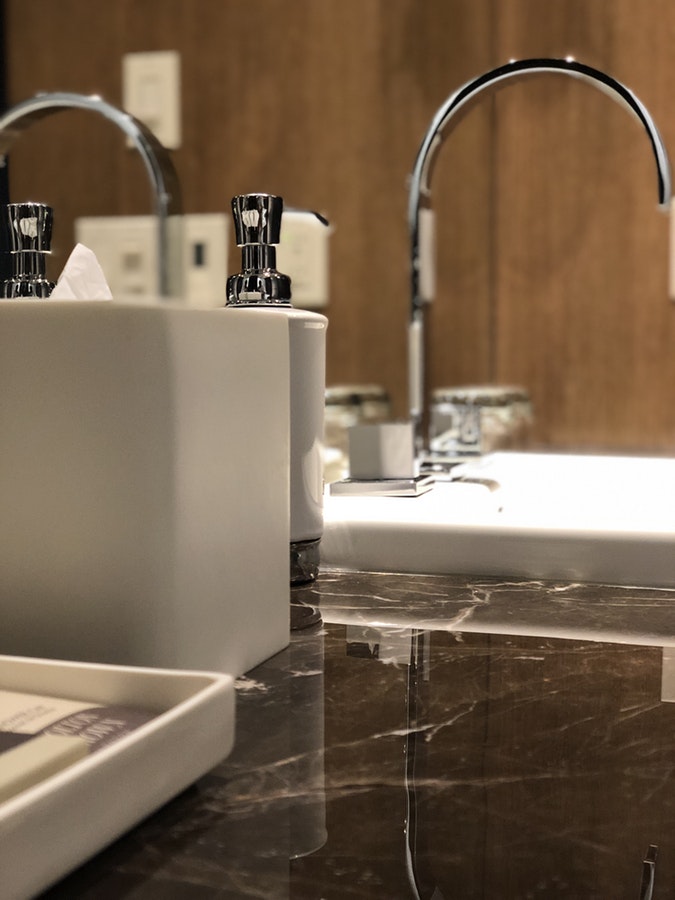
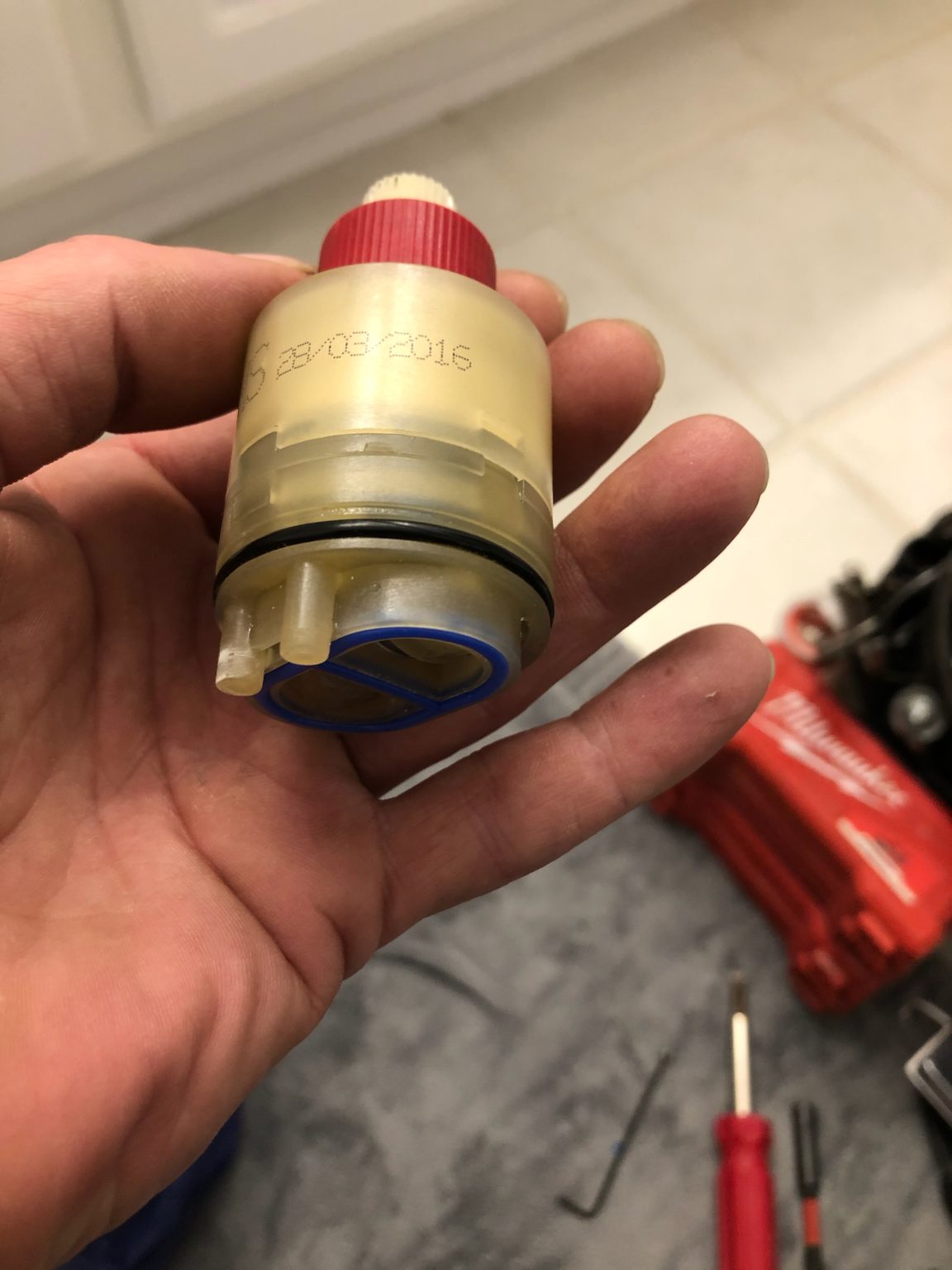











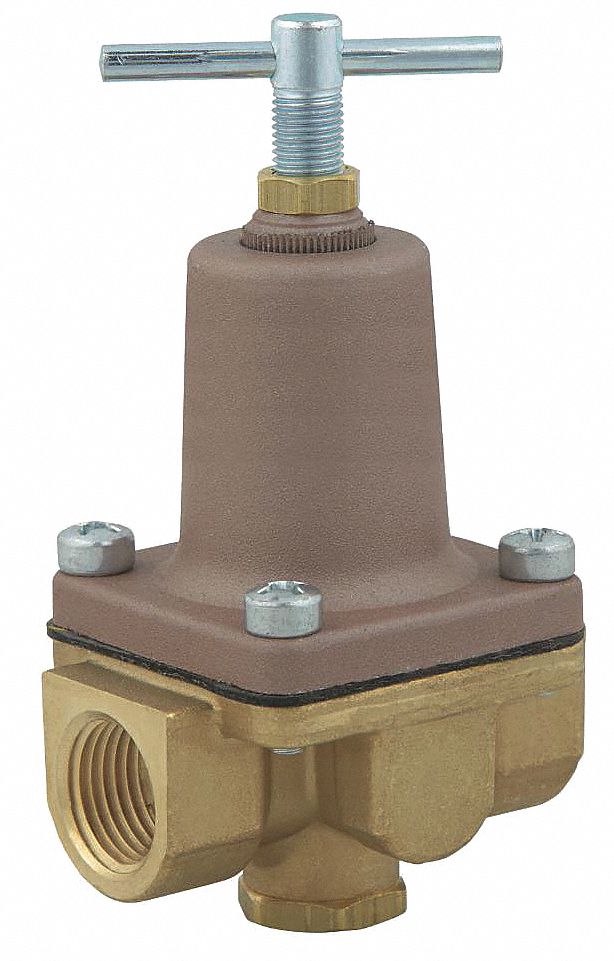
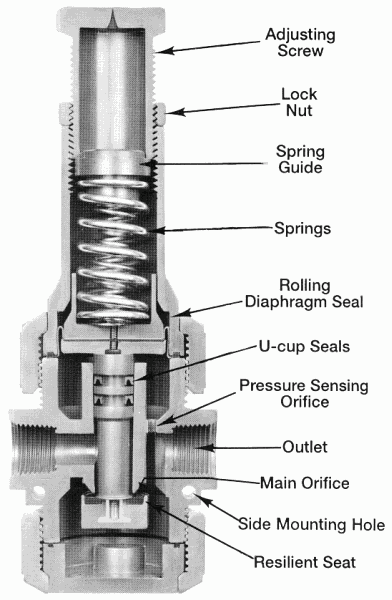
:max_bytes(150000):strip_icc()/the-men-s-hand-opens-the-ball-valve-on-the-collector-1006810456-5c5fc73fc9e77c000159c4af.jpg)






:max_bytes(150000):strip_icc()/testing-water-pressure-in-your-home-2718692-04-c37ab3236d0d4b61b87079ebf9ef823e.jpg)
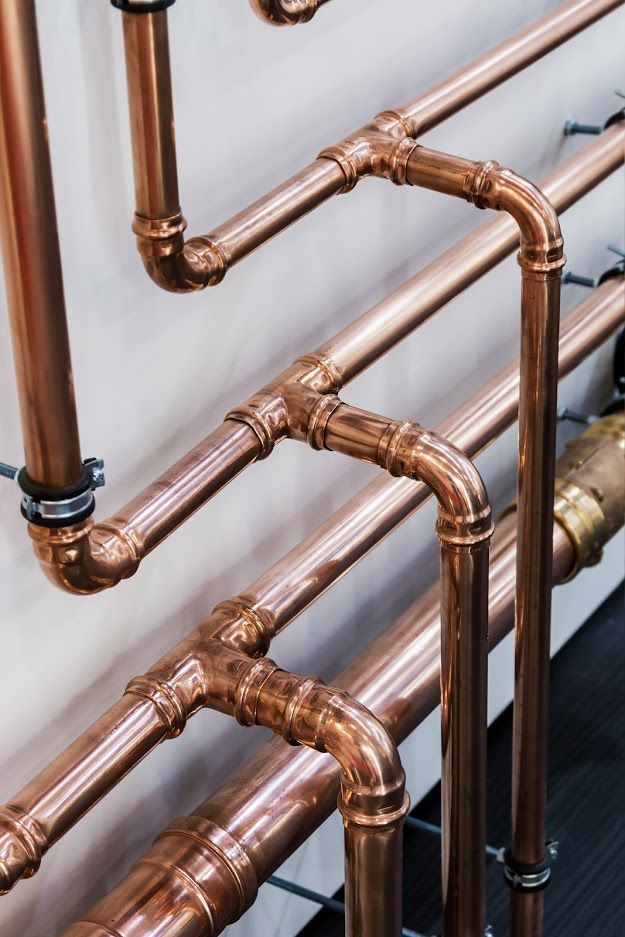

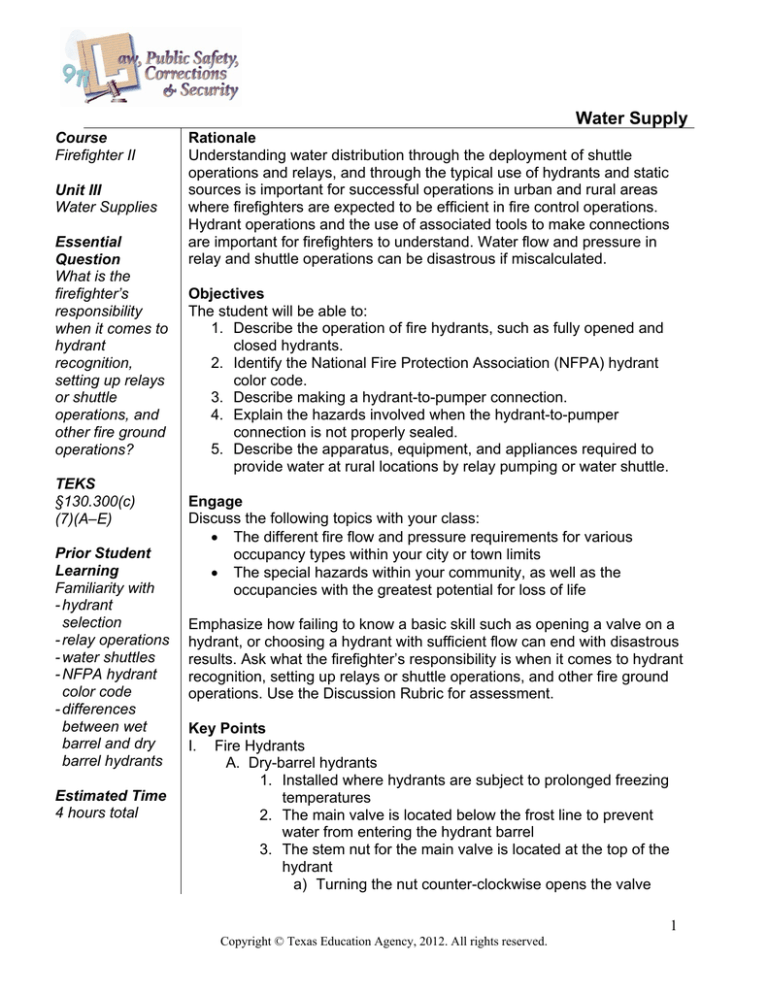


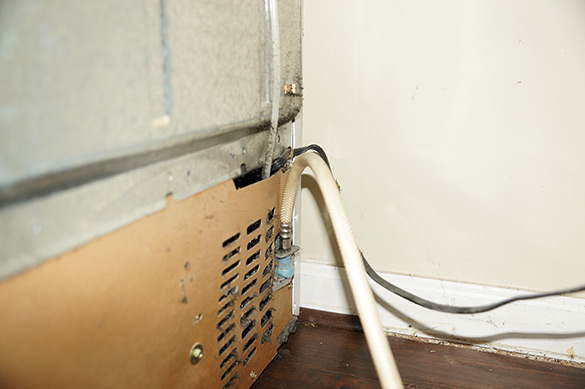

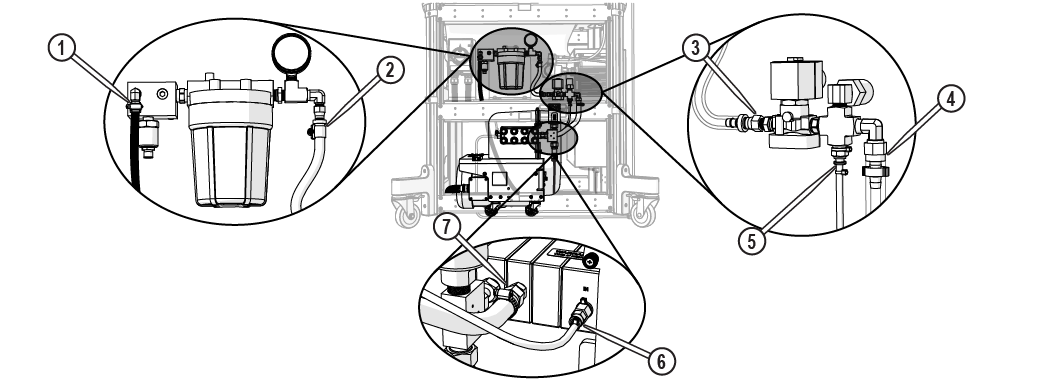

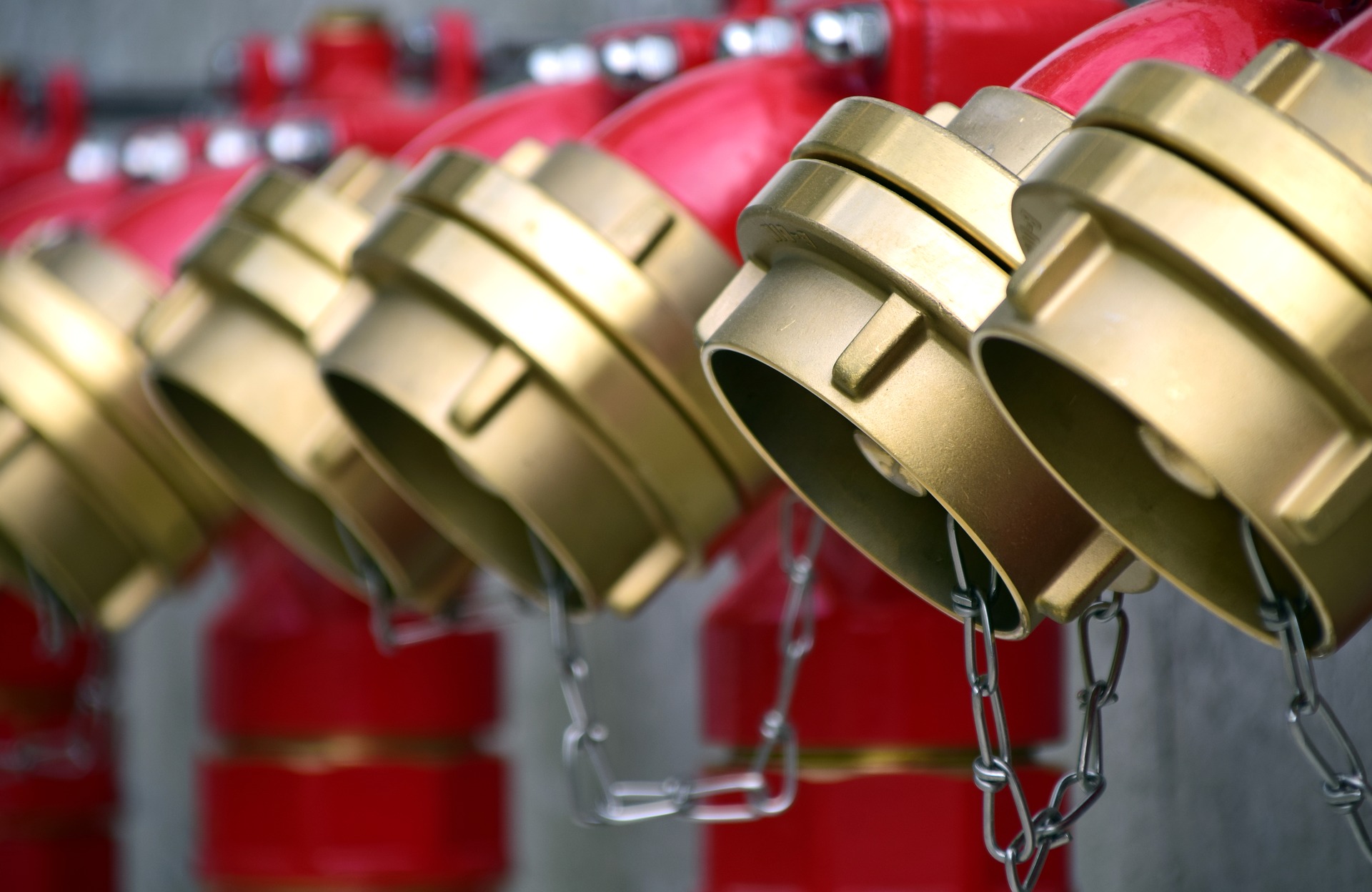




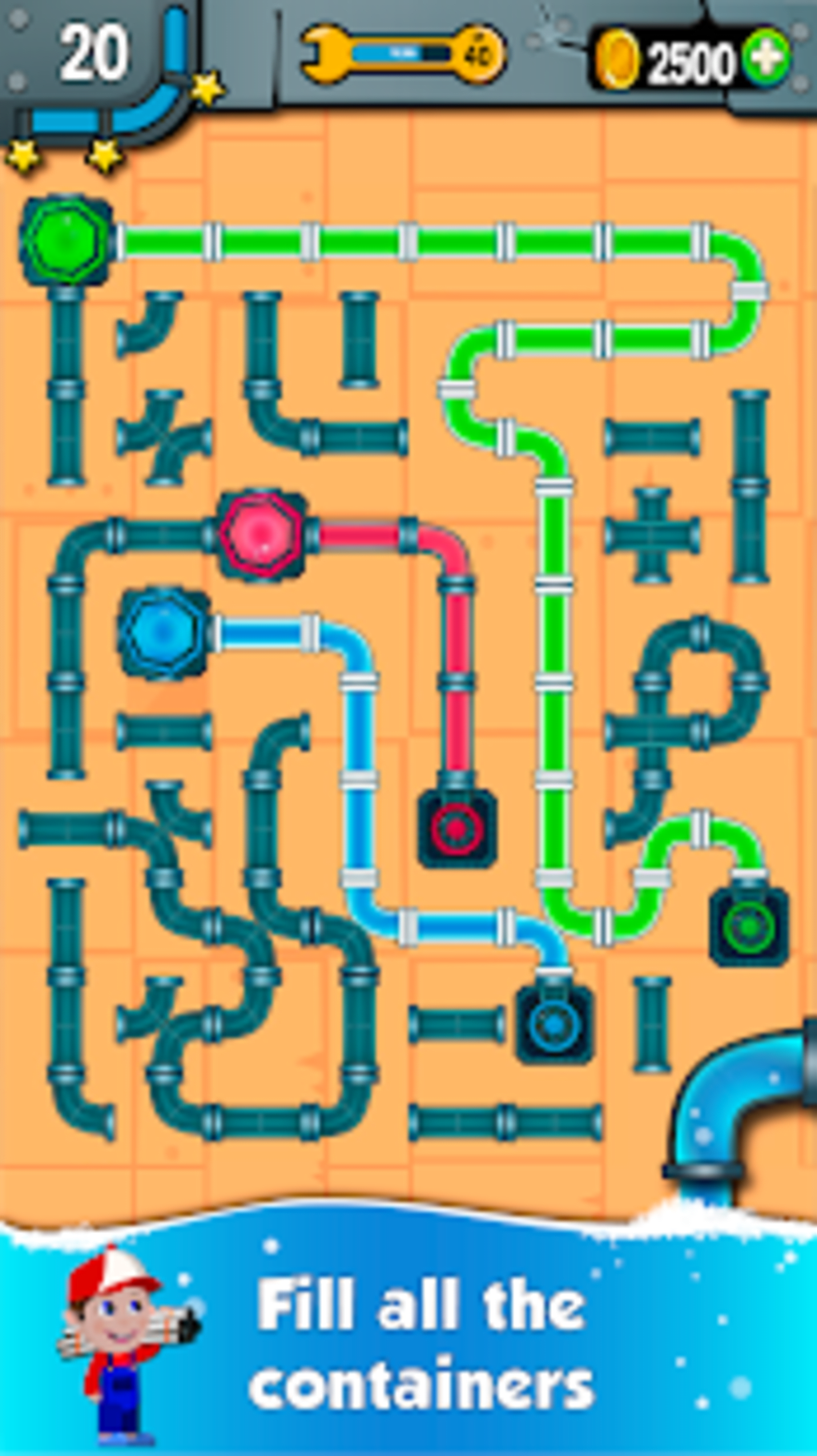


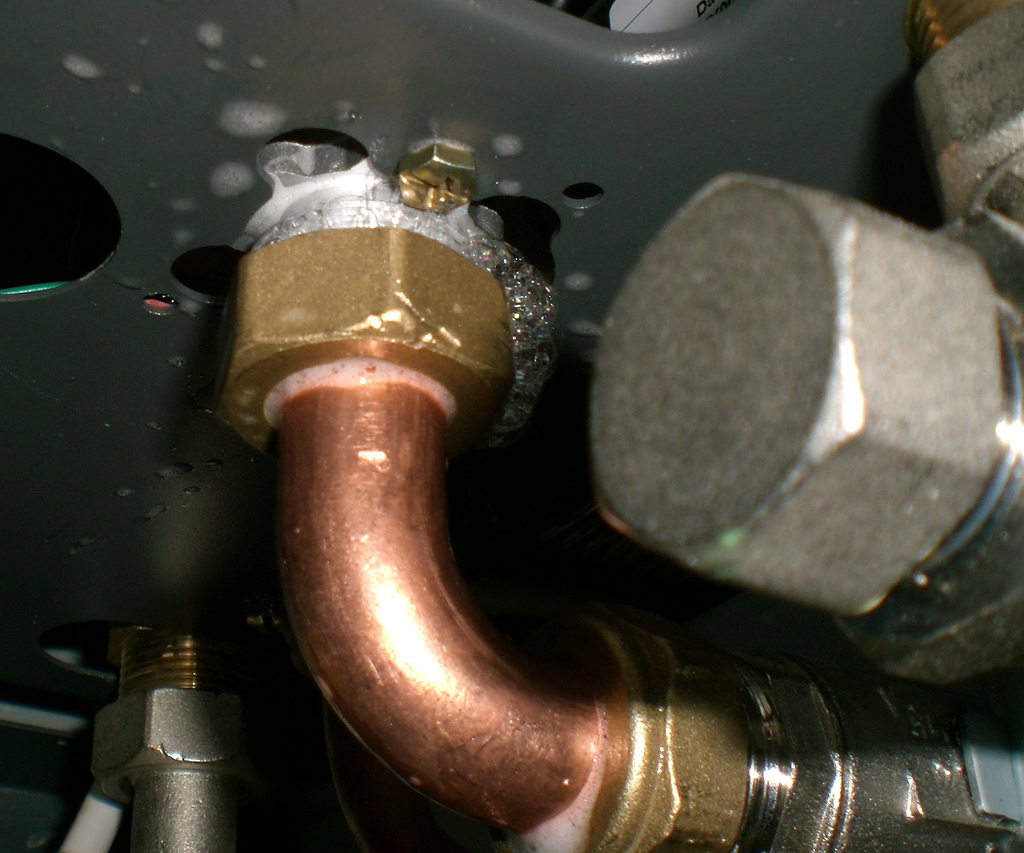
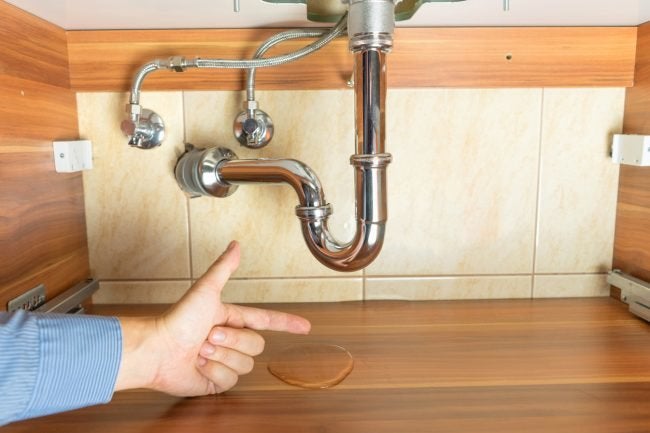
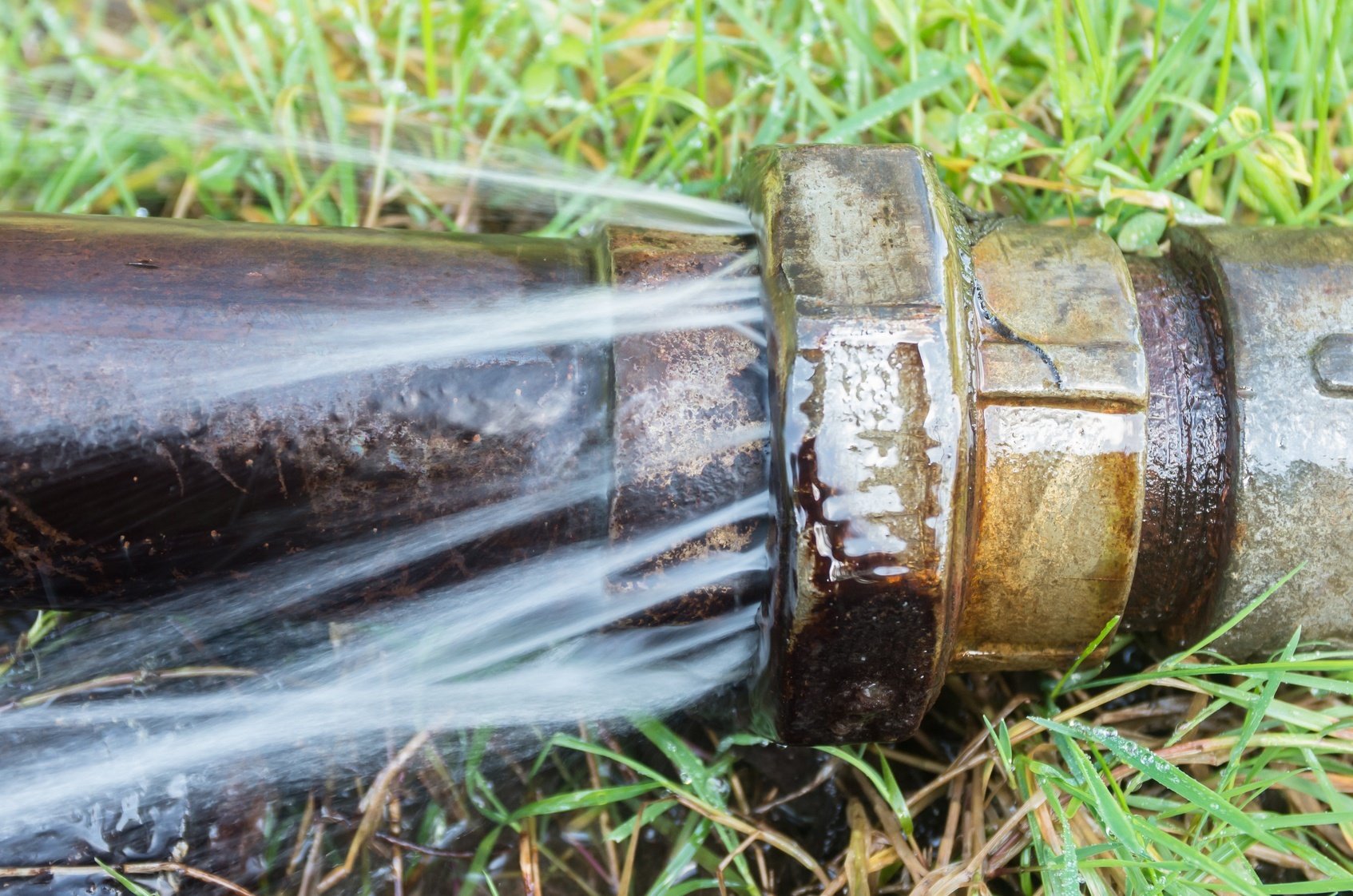


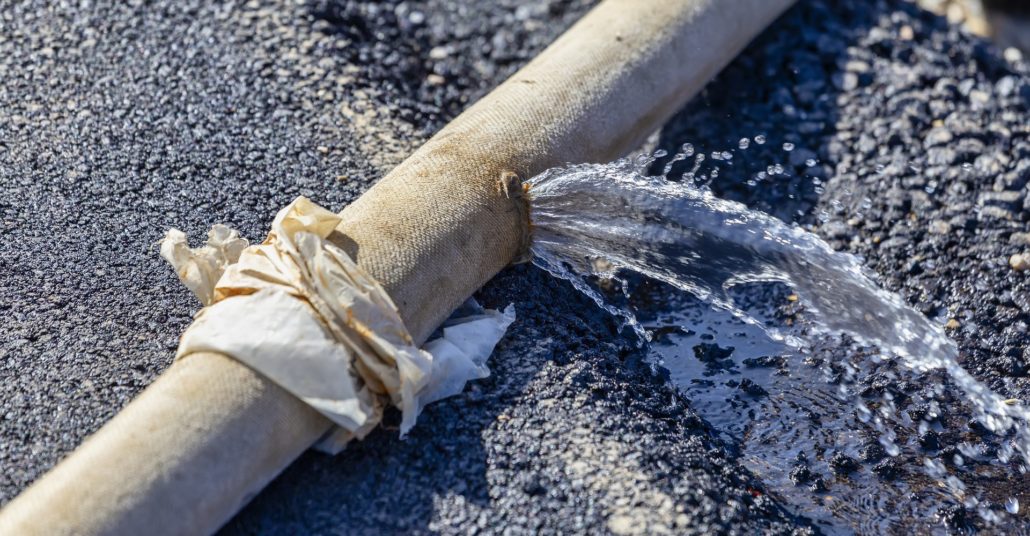

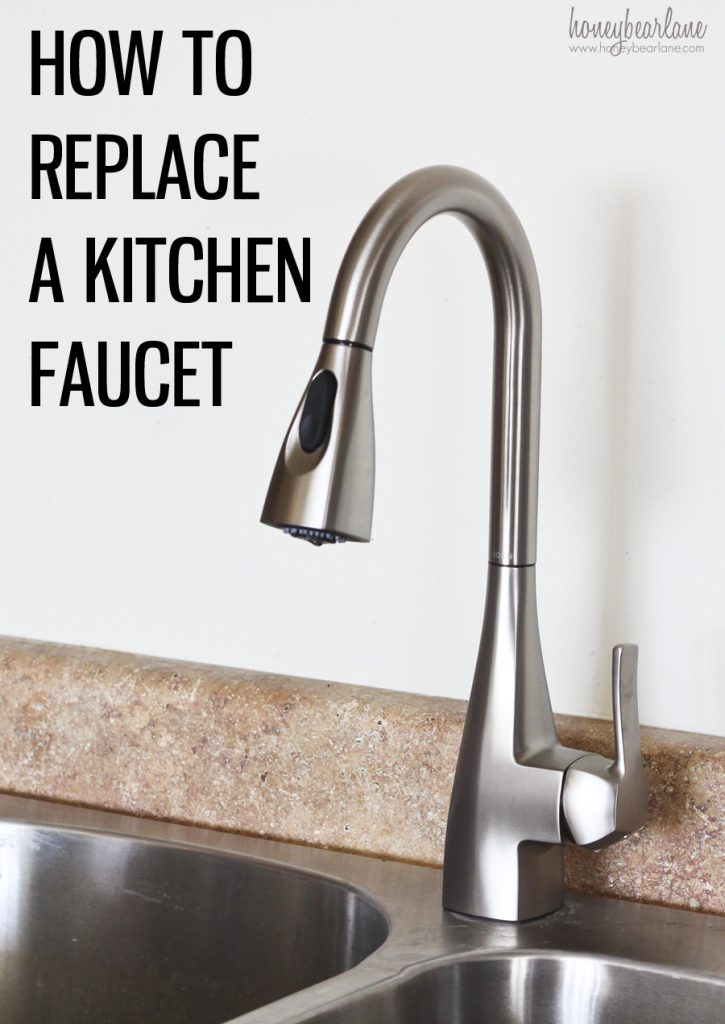

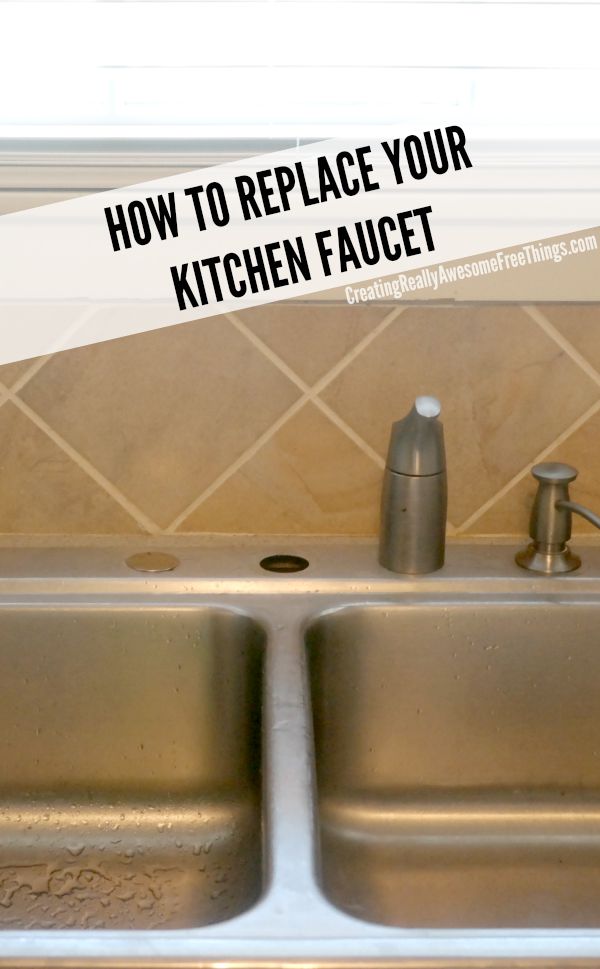


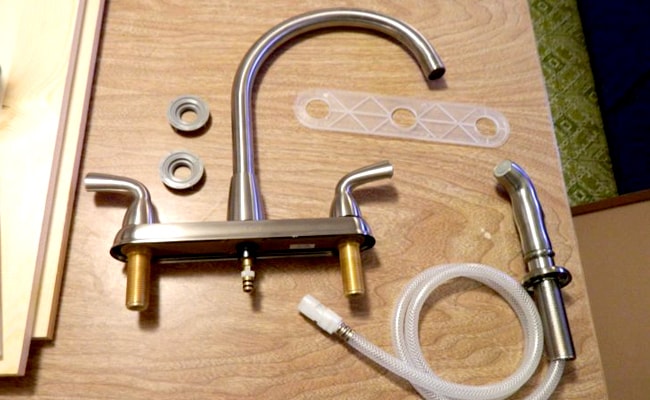




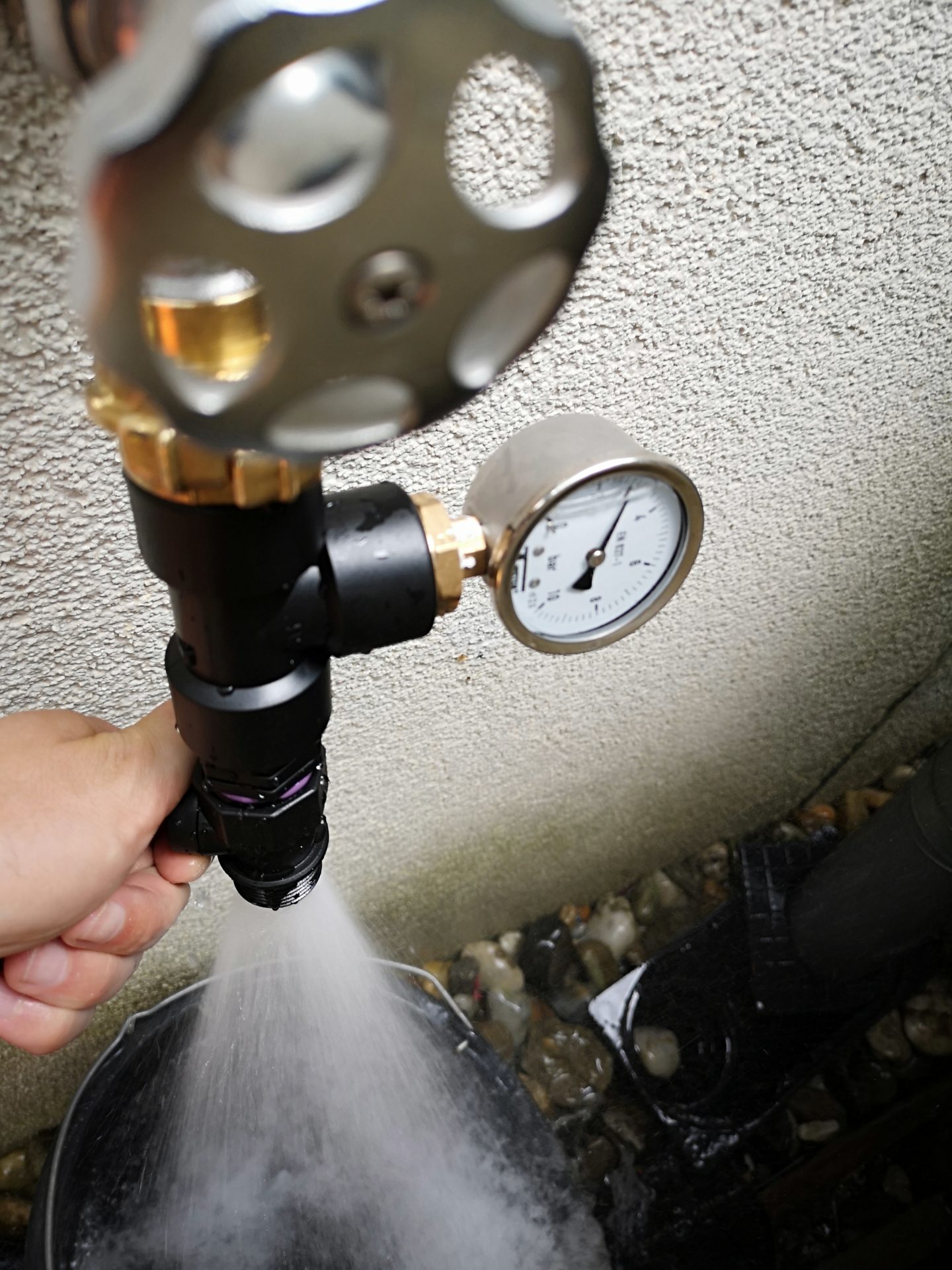
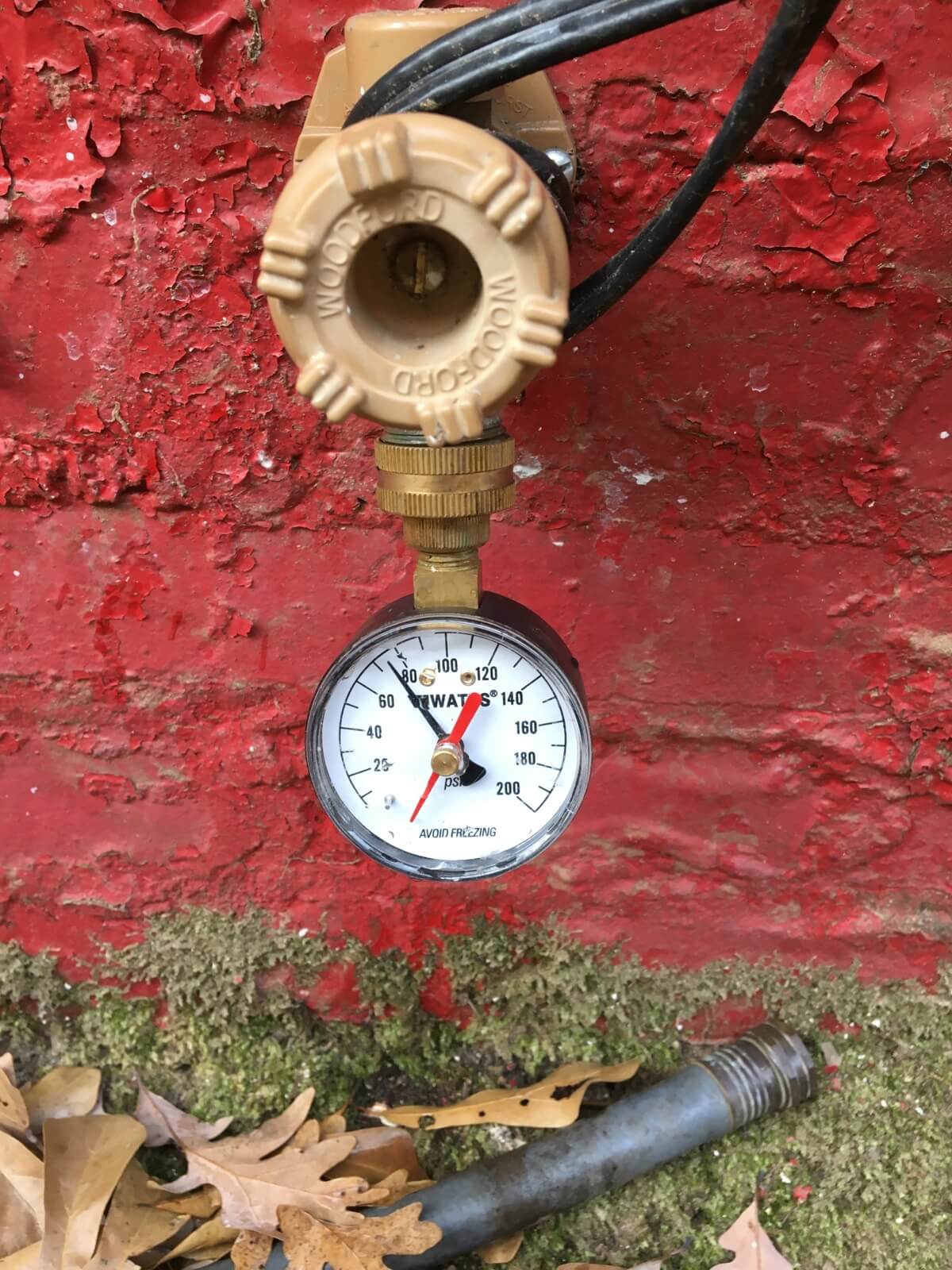
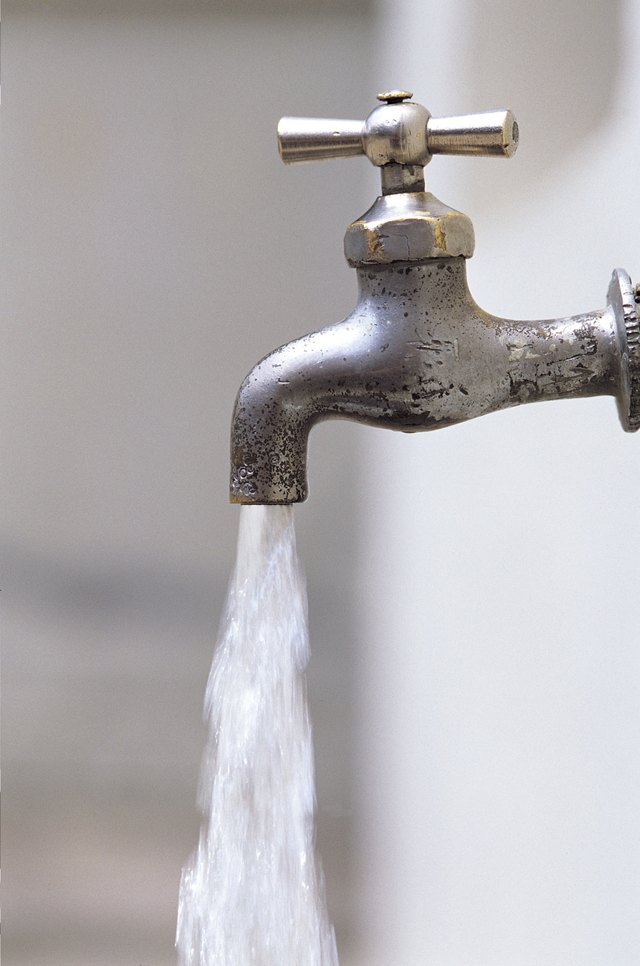
/testing-water-pressure-in-your-home-2718692-hero-98f45508ca5d44b6b551034ac5cedab5.jpg)
















